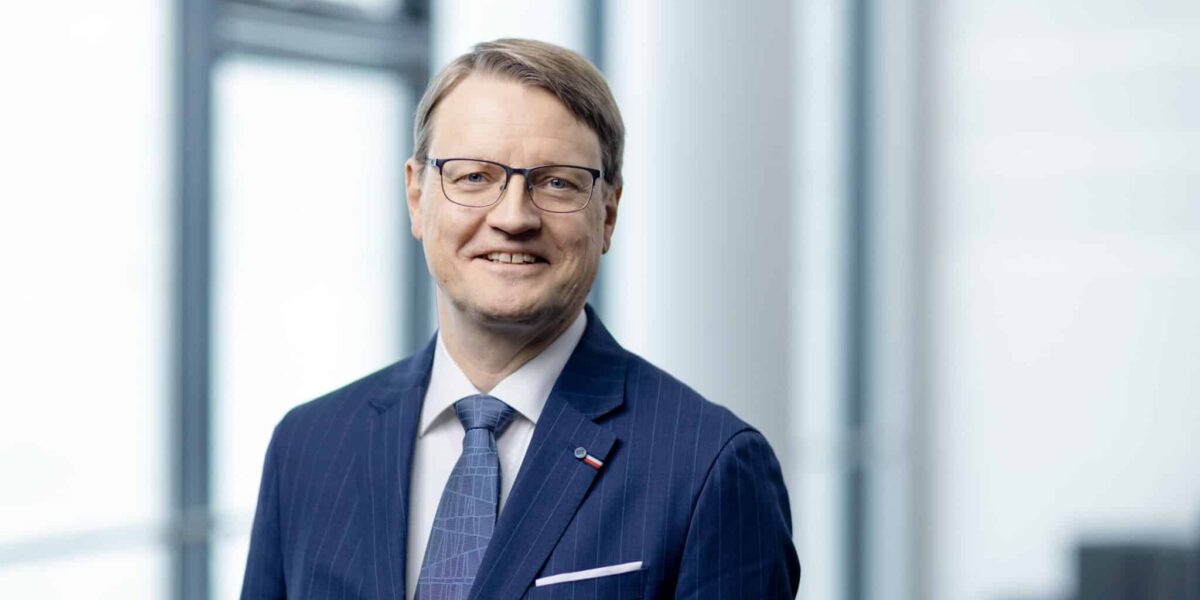The power system is undergoing a dramatic transformation with technical, commercial and legislative dimensions and many more besides.
The transition is usually associated firstly with renewable, emission-free electricity production, which serves to attract industries that exploit it. In this sense, Finland has an incredible opportunity on its hands – and the connection enquiries we receive reflect this.
The key difference between the new power system and the old one is that power production depends on the weather. When it is windy, a lot of electricity should also be consumed. This puts electricity networks under pressure, as production and consumption tend to be located far from each other. On the other hand, we also need electricity when it is not windy.
Electricity production must match consumption at all times, and in addition to infrastructure, this requires a functioning electricity market.
This emphasises the diversity of the production structure, the flexibility of consumption, the importance of cross-border transmission links, and various forms of energy storage. Electricity production must match consumption at all times, and in addition to infrastructure, this requires a functioning electricity market.
Trading is moving ever closer to the moments where electricity is produced or consumed, incentivising market actors to adapt to the prevailing situation. This, in turn, calls for ever greater automation, as there is no way a human could handle these near-real-time command chains. The change will impact many areas, from Fingrid’s control centre all the way to home automation.
The technical implementation of electricity production is a further major change. Production plants no longer work in synchronous operation, thus supporting each other. Instead, they feed power into the grid through power converters.
The numerous converters and regulators that control them must work in seamless cooperation to ensure the technical functionality of the whole power system. It is also important to ensure the grid has sufficient inertia and short-circuit power.
It is great to be involved in this type of modernisation – not every generation gets this experience!
Jussi Jyrinsalo
Senior Vice President, Grid Services and Planning
Fingrid







